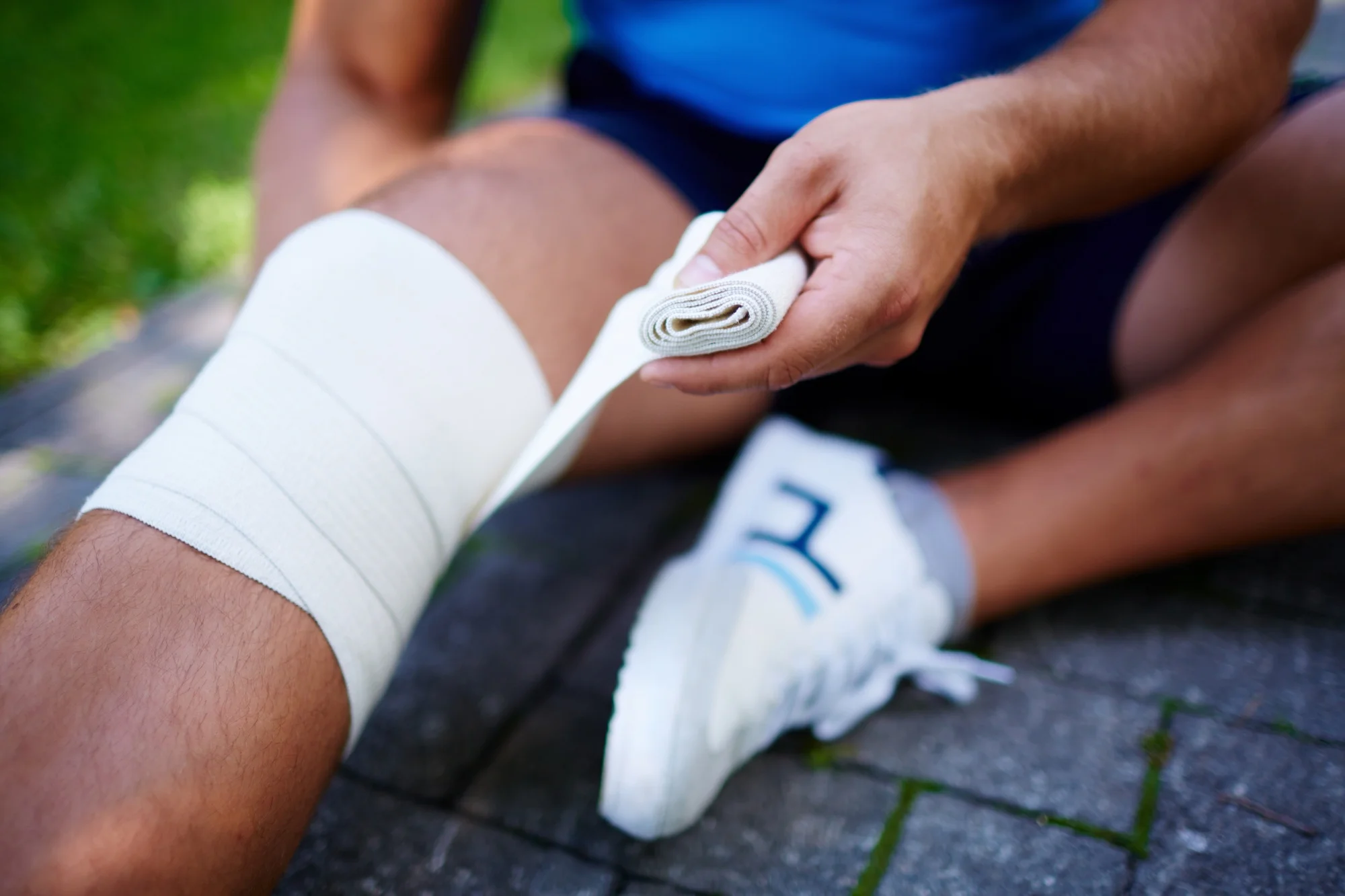Digital Object Identifier (DOI): 10.1016/j.jcot.2018.10.013
The Journal of Clinical Orthopaedics and Trauma has published a groundbreaking study showcasing the efficacy of a novel percutaneous endobutton fixation technique in the treatment of acute acromioclavicular joint dislocations and lateral clavicle fractures. The research, which could spur a significant shift in clinical procedures for addressing these common yet complex injuries, highlights the minimally invasive nature and satisfactory outcomes of this new approach.
Acute acromioclavicular joint (ACJ) injuries are a frequent occurrence in orthopedic practice, resulting from falls or direct trauma to the shoulder. Traditional treatment methods have often involved invasive surgeries leading to longer recovery times and potential complications. The new technique, developed by senior author Dr. Manohara Ruben R. from the University of Orthopaedics, Hand and Reconstructive Microsurgery Cluster, National University Health System, Singapore, along with co-author Dr. Jeffrey Todd JT Reid from the Department of Orthopaedics and Trauma at Edinburgh Royal Infirmary, represents a minimally invasive alternative that promises expedited recovery without compromising functional outcomes.
The procedure employs a unique four-strand, single-tunnel, double endobutton repair that is executed percutaneously without requiring any arthroscopic guidance or deep surgical dissection. The study presents preliminary results from a series of six consecutive patients over an 18-month period, with a mean length of surgery recorded at 36 minutes. Most strikingly, the average correction of coracoclavicular (CC) distance achieved was 12.6 mm, offering evidence of the effectiveness of this approach in re-establishing proper anatomical shoulder alignment.
Postoperative outcomes have been noteworthy. None of the patients reported any restriction of movement following the surgery, and their average QuickDASH scores at final follow-up were an impressive 4.2. QuickDASH (short form of Disabilities of the Arm, Shoulder and Hand) scores are a measure of physical function and symptoms in people with any musculoskeletal disorder of the upper limb; hence, a lower score translates to better function. It is a testament to the procedure’s ability to return patients to their daily activities with minimal discomfort.
Comparative analysis suggests that the results for the endobutton technique are on par with, if not superior to, other contemporary techniques for ACJ dislocations. This novel percutaneous treatment method exhibits immense potential as a viable solution not only for acute ACJ dislocations but also for certain types of distal clavicle fractures.
References
Beris A., et al. (2013). Management of acute acromioclavicular joint dislocation with a double-button fixation system. Injury, 44, 288–292. doi:10.1016/j.injury.2012.11.003
Cook J.B., et al. (2012). Early failures with single clavicular transosseous coracoclavicular ligament reconstruction. J Shoulder Elbow Surg, 21, 1746–1752. doi:10.1016/j.jse.2012.01.037
Ladermann A., et al. (2011). Acromioclavicular and coracoclavicular cerclage reconstruction for acute acromioclavicular joint dislocations. J Shoulder Elbow Surg, 20, 401–408. doi:10.1016/j.jse.2010.11.004
Epstein D., et al. (2012). Current concepts in the surgical management of acromioclavicular joint injuries. Bull Hosp Joint Dis, 70(1), 11–24. PMID: 22894691
Defoort S., Verborgt O. (2010). Functional and radiological outcome after arthroscopic and open acromioclavicular stabilization using a double-button fixation system. Acta Orthop Belg, 76, 585–591. PMID: 21138211
Keywords
1. Acute ACJ dislocations treatment
2. Percutaneous endobutton fixation
3. Minimally invasive shoulder surgery
4. Lateral clavicle fracture repair
5. Novel orthopedic techniques
This novel percutaneous approach to treating ACJ injuries may spur more orthopedic surgeons to adopt minimally invasive techniques that can significantly improve patient outcomes without increasing the risk of complications. As further research and larger studies solidify its efficacy, the medical community could witness a paradigm shift in managing these injuries. Patients seeking treatment for ACJ dislocations and lateral clavicle fractures can look forward to procedures that offer less downtime, quicker recovery, and the prospect of returning to their routine with less postoperative pain and mobility limitations. The evolution of orthopedic surgery continues to bend toward innovation that benefits both patients and practitioners, and the percutaneous endobutton fixation technique is an exemplar of such advancements.
